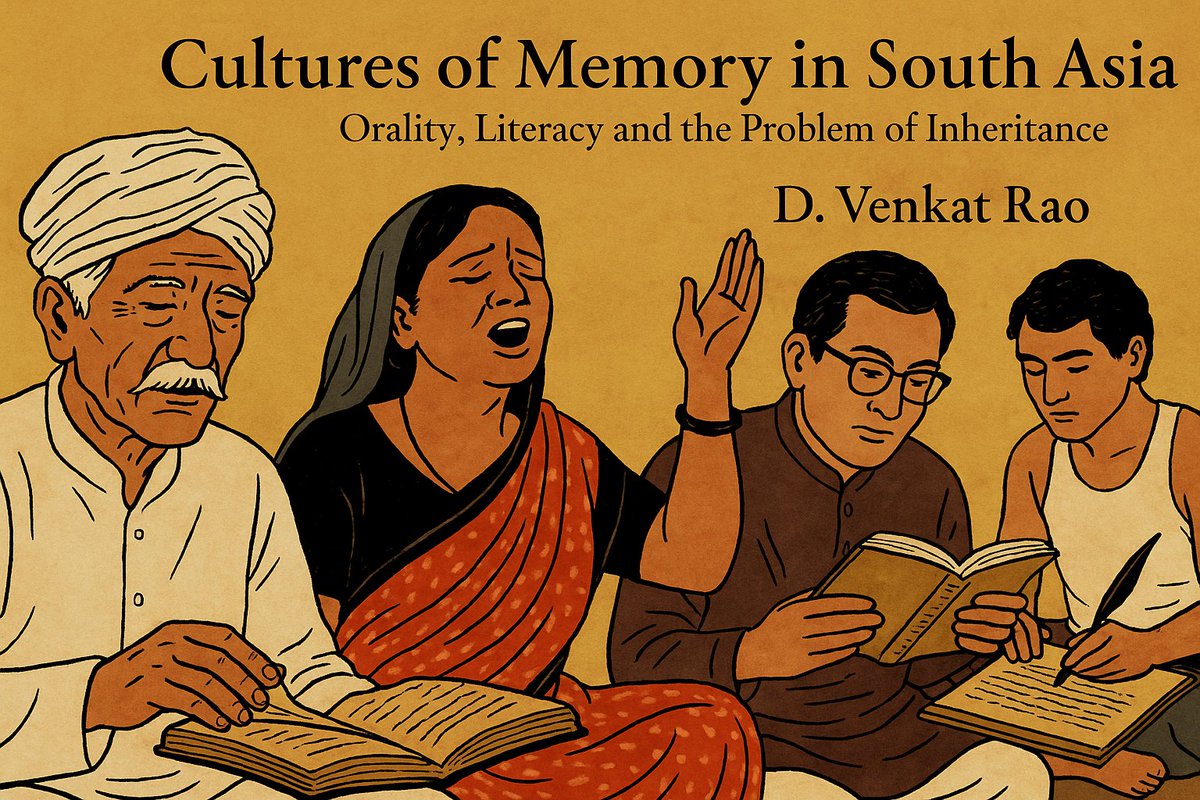~ The Art of a Patachitra Artist, Rupsona Chitrakar, 2018
From the collection of Banglanatak, Patachitra of Durga
From the collection of Banglanatak, Patachitra of Durga

~ A painting by the acclaimed Patua Anwar Chitrakar.
Here, the priest, worshippers, and the dhaak players have gathered to offer prayers to Maa Durga. ☀️🚩
Here, the priest, worshippers, and the dhaak players have gathered to offer prayers to Maa Durga. ☀️🚩

~ Here, both the lion (Maa Durga's vehicle) and Mahishasura (buffalo) have a red dot on their foreheads. 

~ Single panel pattachitra of Goddess Durga by Anwar Chitrakar
I will keep updating this thread as I come across more depictions of her (Maa Durga) in different art forms.
(All images are from the Internet).
I will keep updating this thread as I come across more depictions of her (Maa Durga) in different art forms.
(All images are from the Internet).

~ depicting a scene from the Ramayana. Ram is shown as offering his eyes to make up the full number - 108 - of lotus blossoms needed in the puja that he must offer to the goddess Durga to gain her blessing.
c 1895, Printed by: Chore Bagan Art Studio, British Museum Collections.
c 1895, Printed by: Chore Bagan Art Studio, British Museum Collections.

~ Mahiṣāsuramardini, Durgā killing the buffalo demon.
Early 20th century, Raja Ravi Varma, British Museum Collections.
Early 20th century, Raja Ravi Varma, British Museum Collections.

~ Engraving of the goddess Durga slaying the Buffalo Demon, Mahishasura.
Richard Bernard Godfrey, (c. 1770). This artifact, now with the British Museum, sheds interesting light on the early uses of Indian print imagery.
Richard Bernard Godfrey, (c. 1770). This artifact, now with the British Museum, sheds interesting light on the early uses of Indian print imagery.

~ The goddess Durgā, riding upon her vehicle, the lion (often depicted as a tiger). The pair are shown vanquishing the demon Mahiṣāsura.
Deccani School: 1800–1805 (on European paper).
Deccani School: 1800–1805 (on European paper).

~ The goddess Durgā of green complexion and with eight arms, rides on her vehicle.
(c. 1820), Company School, painted in Andhra Pradesh/Tamil Nadu
(c. 1820), Company School, painted in Andhra Pradesh/Tamil Nadu

~ A fierce goddess (Bhavani) is seated in a chariot, led by two tigers.
(c. 1800), Rajasthan School, The British Museum Collections.
(c. 1800), Rajasthan School, The British Museum Collections.

• • •
Missing some Tweet in this thread? You can try to
force a refresh






















